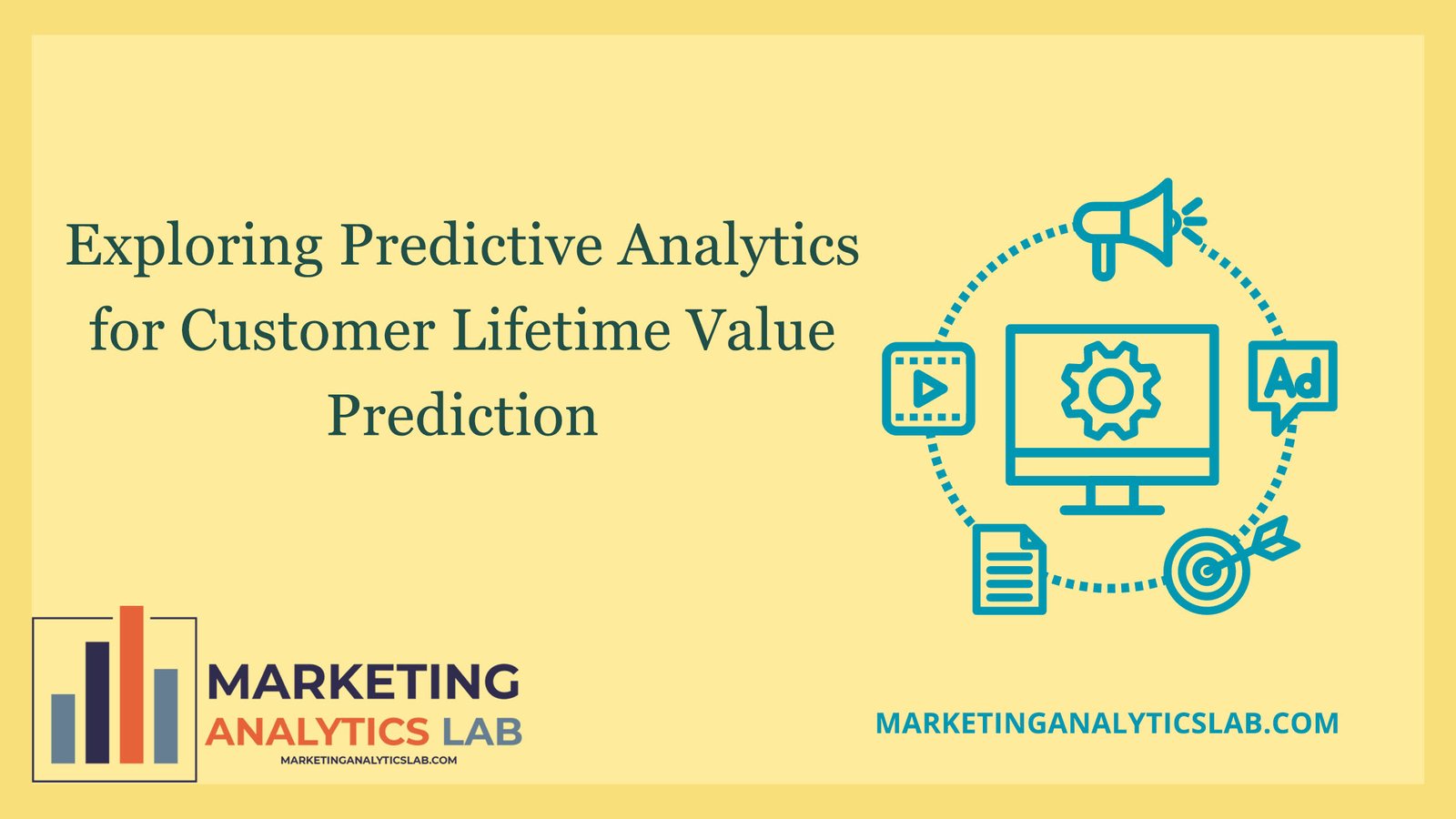Introduction to Predictive Analytics for Customer Lifetime Value Prediction
Predictive analytics is a powerful tool that leverages historical data and statistical algorithms to forecast future outcomes. In the realm of marketing, predictive analytics plays a crucial role in Customer Lifetime Value (CLV) prediction. CLV is a metric that quantifies the total expected revenue a customer will generate throughout their relationship with a company. By accurately predicting CLV, businesses can tailor their marketing strategies, enhance customer loyalty, and optimize their return on investment.
The process of predicting CLV involves analyzing a wide array of customer data, such as purchase history, frequency of transactions, average order value, and customer demographics. By applying predictive analytics techniques to this data, companies can identify patterns and trends that indicate a customer’s likelihood to make future purchases, as well as their potential value over time. Ultimately, predictive analytics enables businesses to make informed decisions about resource allocation, customer segmentation, and retention strategies.
By harnessing the power of predictive analytics for CLV prediction, companies can not only increase customer satisfaction and loyalty but also drive revenue growth. By understanding the value of individual customers, businesses can tailor their marketing efforts to focus on high-value customers, thereby maximizing the return on investment. Moreover, predictive analytics can help businesses identify opportunities for upselling and cross-selling, as well as predict when a customer may be at risk of churn, allowing for proactive retention efforts.
Techniques and Models for Customer Lifetime Value Prediction
There are several techniques and models that companies can use to predict Customer Lifetime Value accurately. One common approach is to use machine learning algorithms, such as regression analysis, decision trees, and neural networks, to analyze historical data and predict future customer behavior. These algorithms can identify complex patterns and relationships within the data, enabling more accurate predictions of CLV.
Another popular technique for CLV prediction is the use of cohort analysis, which involves grouping customers based on similar characteristics or behaviors and analyzing their purchasing patterns over time. By tracking the behavior of different customer cohorts, businesses can gain insights into the long-term value of each segment and tailor their marketing strategies accordingly. Additionally, businesses can use probabilistic models, such as Markov Chains and Hidden Markov Models, to predict customer behavior over time and calculate their expected lifetime value.
In addition to machine learning algorithms and cohort analysis, businesses can also leverage customer segmentation techniques, such as RFM analysis (Recency, Frequency, Monetary), to identify high-value customers and target them with personalized marketing campaigns. By segmenting customers based on their purchasing behavior and engagement levels, businesses can tailor their messaging and offers to maximize customer lifetime value. Overall, by combining various predictive analytics techniques and models, businesses can enhance their CLV prediction capabilities and drive sustainable growth.

